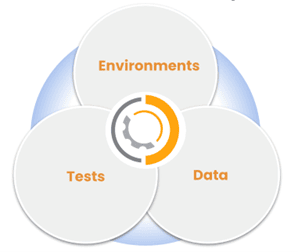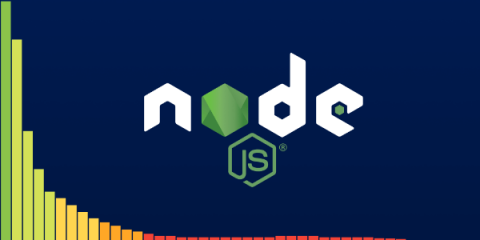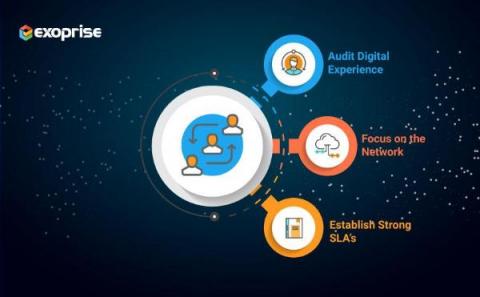Operations | Monitoring | ITSM | DevOps | Cloud
Featured Posts
How to measure and improve Node.js performance
Change is the only constant in software, and few languages change like JavaScript. In just the last few years, we've had the rise of TypeScript and React, dozens of new frameworks, and Node.js has brought us over to the server-side. Google's V8, which powers Node.js, is one of the fastest JavaScript engines in existence. In simple benchmarks, well-optimized JS executed by V8 often performs almost at the same speeds as famously fast languages like C++. And yet, Node applications often seem to be pretty sluggish. This post aims to guide you through the process of measuring and improving Node.js performance.
Forrester Study: Gaining Confidence in AIOps is Key to Reaping Significant and Transformational Benefits
As more organizations embrace the advantages offered by AIOps platforms to more effectively and efficiently monitor and manage their technology estates, ScienceLogic wanted to get an objective sense of the reasons and results behind their decisions. We get a lot of feedback from our customers, and it plays an important role in how we work with individual organizations, but it's hard for a vendor to get reliable information. So we reached out to venerable technology research firm Forrester and commissioned them to survey AIOps users to learn things like why they decided to adopt AIOps, how far along the path to maturity they are, and what features and capabilities they are taking most advantage of.
Three Simple Steps to Improve Digital Workplace Collaboration
The pandemic sparked a dramatic uptick in corporate use of collaboration and cloud solutions. A related perpetual challenge is that enterprises do only a mediocre job of providing remote users, especially those working at home, with robust Digital Workplace experiences. As part of improving the enterprise Digital Workplace, Enterprises' must begin to conduct thorough digital inventories, focus on network observability, and enforce strong SLA's with cloud providers to address the shortcomings.
Improve MTBF and MTTR for your Application Platforms by using MESH Observability
When businesses look at how best to understand the performance levels of their platforms, some of the best incident management metrics to look at are Mean Time Between Failures (MTBF) and Mean Time ToResolution(MTTR). These two measurements will give an excellent indication of the health and speed of the system, as well as the ability of the platform to take care of any anomalies that have been detected or to flag them up for others to take action to resolve them.
Logs vs. Events: Exploring the Differences in Application Telemetry Data
What is the difference between logs and events in observability? These two telemetry data types are used for different purposes when it comes to exploring your applications and how your users interact with them. Simply put, logs can be used for troubleshooting and root cause analysis, while events can be used to gain deeper application insights via product analytics. Let's review some application telemetry data definitions for context, then dive into the key differences between logs and events and their use cases. Knowing more about these telemetry data types can help you more effectively use them in your observability strategy.
Squadcast's Improved Mobile App for Better Incident Response
The 2020 pandemic has definitely changed the way teams operate across the globe. Many of you may have already experienced moving from 100% office work to 100% remote work, and now that it has been almost three years since the pandemic started many of us have resorted to hybrid models. We at Squadcast value the importance of efficient communication, reaching the right people during a crisis, and the freedom to resolve critical incidents from anywhere, anytime. Keeping that in mind, we have made major improvements to our mobile app to help you effectively partake in Incident Response activities anytime from across the globe.
AIOps as a time, quality and customer enabler
Time is precious and not for sale. Or is it? UMB AG, a leading Swiss IT service and managed services provider, takes the opposite view. Under the company motto "Creating Time", UMB provides its customers with more time which they use for their core business instead of IT administration. A core UMB service is complete support for SAP landscapes, be it on premise, in the UMB data centers or in the cloud. Here, UMB has relied on the artificial intelligence of the Avantra AIOps platform for a good five years in order to manage both its own SAP systems and its customers' as efficiently as possible.









